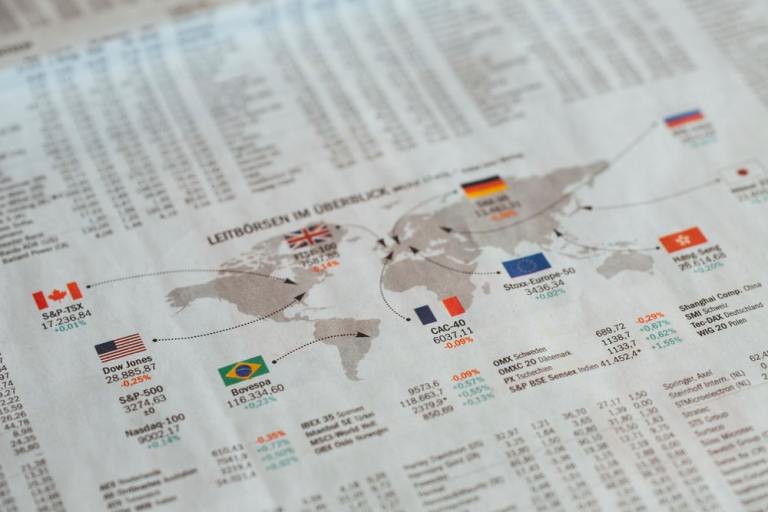LPL: 10 Things Investors Should Know About The U.S. Dollar

Thursday, August 11, 2022
The U.S. dollar is getting a lot of attention these days. It’s up about 10% year to date, which is a big move for currencies. The dollar matters for a number of reasons and we would argue probably deserves the attention it gets.
10 Things to Know About the US Dollar
1) S&P 500 companies that have a global footprint have to contend with a stronger dollar denting their revenue growth. Approximately 30% of S&P 500 companies’ revenue is earned in markets outside the US. During the second quarter earnings season many companies noted that the strength of the dollar hindered their top line revenue growth. We estimate currency took perhaps 2 to 2.5 percentage points out of S&P 500 revenue in the second quarter.
2) As shown in the LPL Chart of the Day, the “twin deficits” of the U.S. economy—the combination of the budget deficit and the current account (or trade) deficit—have been relatively accurate predictors of long-term trends of the US dollar. While the deficit has come down some in recent quarters, this relationship suggests the dollar is more likely to weaken over the next year or two.
3) An aggressive Fed rate hike campaign to curtail inflation would likely be bullish for the US dollar. Should inflation remain stubbornly high, the Federal Reserve may have work to do. In this scenario, the dollar may appreciate against the currencies of our key trading partners.
4) Emerging markets, in general, react negatively when the dollar climbs higher, as many have dollar-denominated debt with holdings of corporate and sovereign bonds. A stronger dollar makes it more difficult to service that debt. Many emerging market countries export commodities, so the strength of the dollar affects those sales. If emerging market countries import oil that’s priced in US dollars, it becomes more expensive.
5) Interest rate differentials affect currencies. When US interest rates are higher than those in other major economies, it tends to provide support for the U.S. dollar. The Fed’s aggressive rate hiking campaign has been supportive of the dollar to date, but Wednesday’s cooler inflation reading caused the market to pull back some on its rate hike expectations, causing the dollar to sell off.
6) A strong dollar is deflationary. As a historical net importer, the U.S. has usually carried a trade deficit (leading to a broader current account deficit in the process). As a result, the strong dollar is welcomed now with inflation being the biggest challenge for the U.S. economy.
7) International investments benefit from a weaker dollar. Most foreign-domiciled investments generate profits in foreign currencies. For U.S.-based investors those profits are worth less in a rising dollar environment.
8) Commodities tend to benefit from a weaker dollar. Because many commodities such as oil and gold are priced in US dollars and sold globally, a weaker dollar provides a boost for prices, and vice versa.
9) A strong US dollar tends to correspond to tightening financial conditions. As monetary policy in the U.S. gets tighter, we would expect the US dollar to experience some upward pressure. As such, the strong dollar has done some of the Federal Reserve’s work for them in tamping down inflation.
10) The US dollar, as the global reserve currency, typically experiences safe haven demand when global economic and financial market conditions deteriorate. The dollar surged during the COVID-19 recession in the spring of 2020 and was strong from June 2021 up until just the past few weeks as markets increasingly priced in more Fed rate hikes and pushed Treasury yields higher.
So where does the dollar go from here?
Our best guess is once the market begins to worry less about inflation and gets visibility into the end of the Fed’s rate hiking campaign, that the dollar will weaken. The deficits have come down but they remain structural forces pushing the dollar lower.
At the same time, the challenging international economic environment, particularly with the energy crisis in Europe, and heightened U.S.-China tensions, may lead to periodic safe haven demand for the dollar. The U.S. economy still looks to be in better shape than Europe or Japan with much higher interest rate levels. As a result, it may not be prudent to position portfolios aggressively for a weaker dollar.
Source: https://lplresearch.com/2022/08/11/10-things-investors-should-know-about-the-u-s-dollar/















